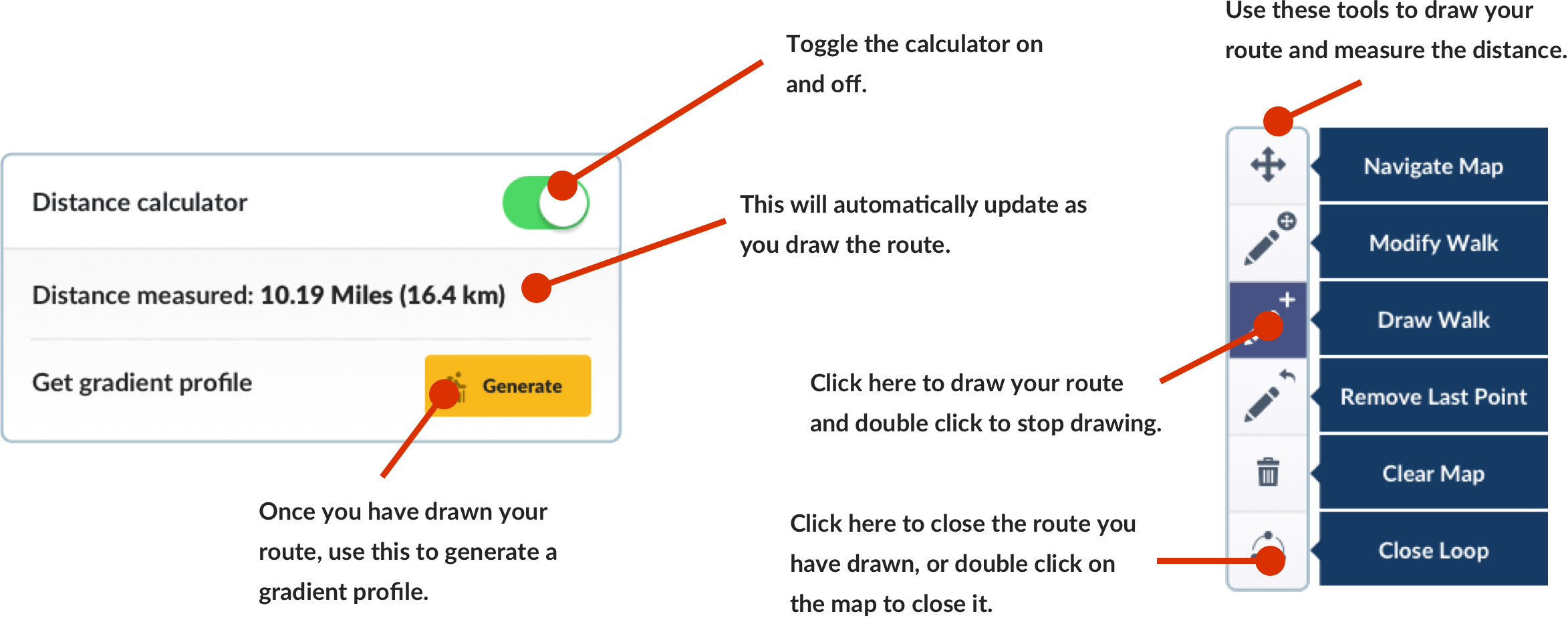Added to your Itinerary Planner below
Distance calculator
Map Filters

Customise your trip with our filters.
Map Filters

Toggle between the options below to show available markers.
General info Equestrian Info Cycling InfoAccommodation
Points of interest
Services
Routes
Accommodation
Points of interest
Transport
Accommodation
Points of interest
Transport
The custom route elevation is created when you use the distance calculator (above) to draw a line.
The custom route elevation is created when you use the distance calculator to draw a line.

The Village Route - B (2.5km). An easy going route around Cookham Village.
Permission may be sought from the landlord of The Crown to use his car park to drop passengers; the driver can then continue to the car park on the Moor. Other parking in and around the village is limited. The tarmacked route down Berries Road is sign-posted where the road gives way to footpaths which pass the Sailing Club on your left. Cross a newly-built bridge over a small inlet and the river is before you.
Before turning right at the sailing club, look out for the craft Monarch; her plaque bears testimony to her role as one of the thousands of small ships that made possible the evacuation and the saving of the lives of 300,000 men from Dunkirk in the early days of World War 2.
Besides the ever-present seagulls, there will certainly be swans, ducks, moorhen, coots and the occasional great crested grebe. The riverbank is also a favoured mooring site. The route goes through the churchyard to the famous11th century Church of Holy Trinity, a much-loved centre of an active parish life and one-time home of Stanley Spencer’s famous painting of The Last Supper.
In Cookham Village there is the Stanley Spencer Gallery, once a Methodist chapel and now the home of Spencer’s The Last Supper. Along the High Street, there's the 14th century coaching inn, Bel and The Dragon and the 17th century King’s Arms. The names of the houses - The Old Apothecary, The Moorings - and a one-time butcher’s tiled facia established 1775 - give a clue to the past and varied occupations of the erstwhile villagers featured in Spencer’s famous paintings.